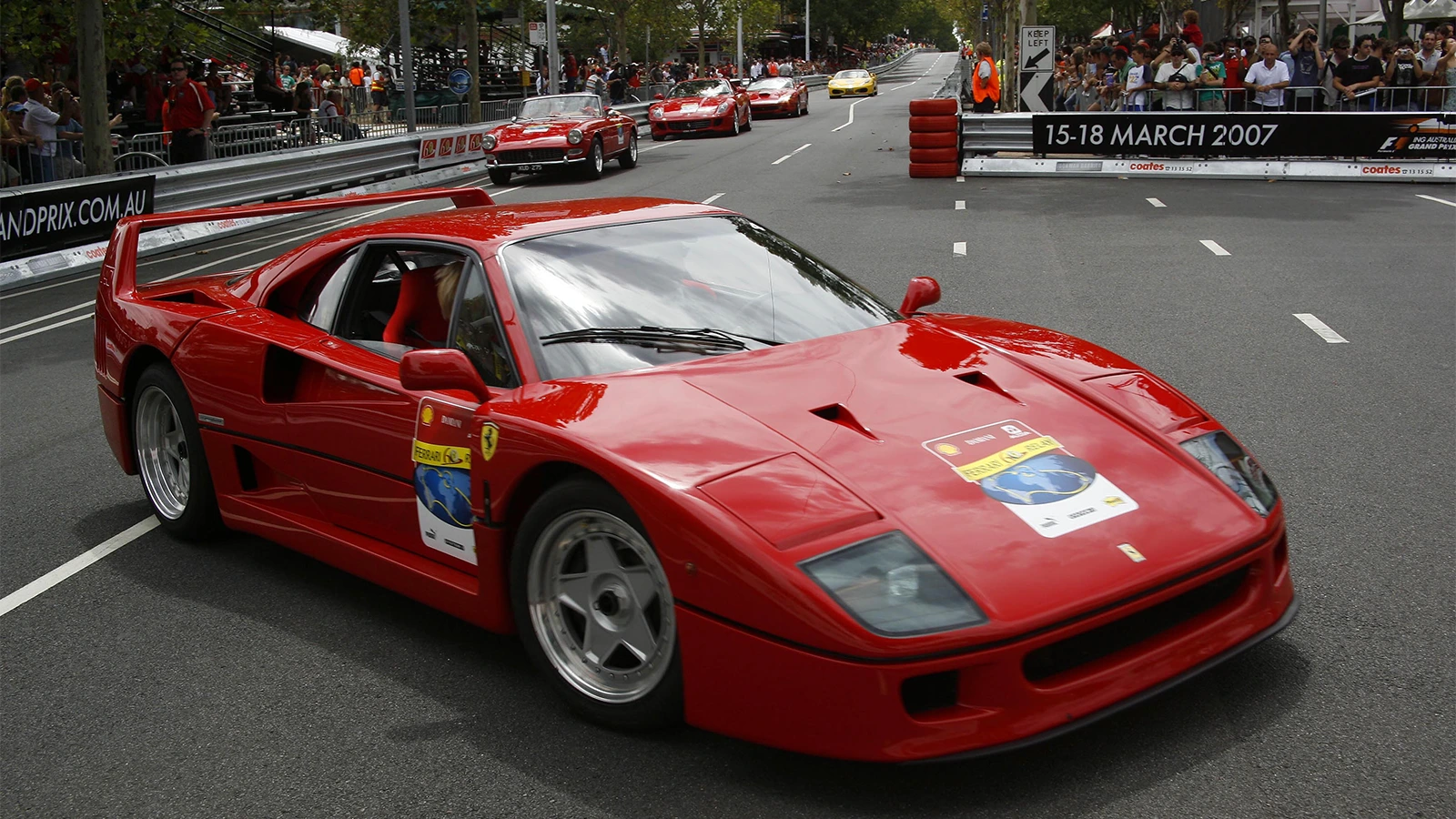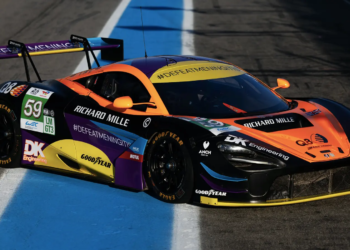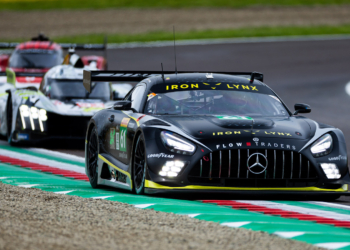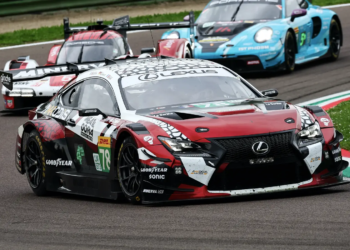Motorsport functions as an innovative testing facility for both speed and performance development. Road everlasting vehicles that people love today exist directly because of what researchers discovered at motorsport events.
Intensive motorsport competition allows engineers to achieve aerodynamic excellence while refining technological developments. Eventually, this true racing expertise becomes accessible to street vehicles.
You can view plenty of such production cars that incorporate racetrack heritage through Dyler indicating motorsports has gone beyond trophy-seeking because it forms the basis for our everyday vehicles.
The connection between racing and road cars
Motorsport maintains a profound connection with automotive products intended for road use. Manufacturers deploy motorsport events to evaluate new technology which they then convert into public road vehicles.
Push-paddle shifting mechanisms and carbon-fibre brake systems premiered in motorsport competitions before appearing in automotive production models.
The technological achievements of motorsport become practical applications in everyday road vehicles while also bestowing them with dimensional sports performance characteristics.
Ferrari F40–The ultimate celebration
To commemorate Ferrari’s 40th anniversary, the F40 stands today among history’s greatest road cars.
The F40 reached 471 horsepower from its twin-turbocharged 2.9-litre V8 engine originally developed for FIA Group B competition.
Its barebones interior design together with aerodynamic elements and delicate weight composition make this car the perfect embodiment of Ferrari’s racing heritage.
Despite the many years which have passed since its manufacturing the F40 demands respect as an automotive masterpiece.
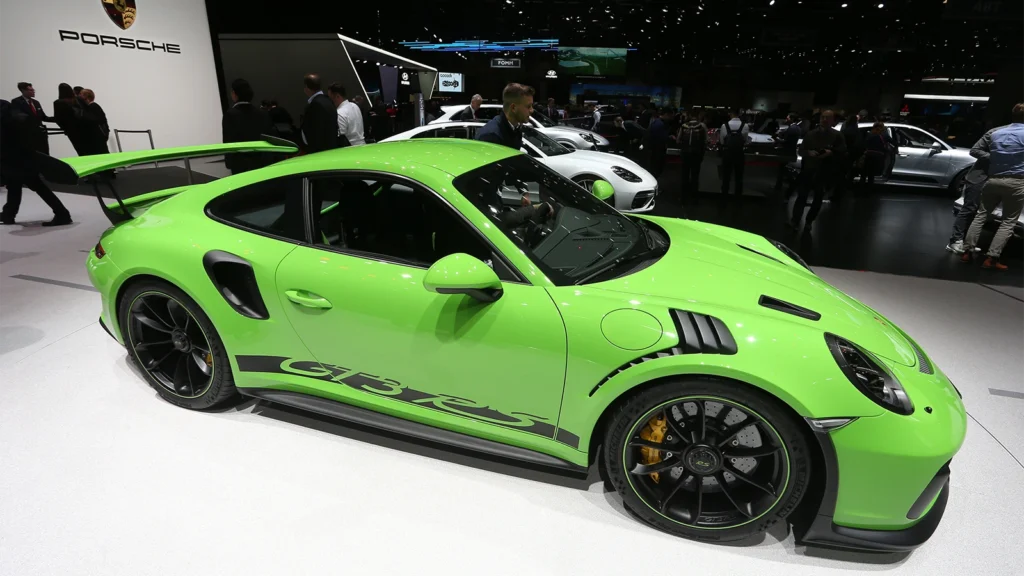
Porsche 911 GT3 RS—Track weapon for the streets
Legally speaking the Porsche 911 GT3 RS functions as your best option for driving a race-inspired vehicle on standard roads.
Porsche racing technology inspired its naturally aspirating flat-six powertrain, rear-wheel bias and massive rear wing for handling enhancement.
Porsche continues its evolution of the legendary GT3 RS from its 1970s Carrera RS ancestor but maintains its motorsport DNA through each model iteration.
McLaren P1: Formula 1 engineering for the road
The P1 represents perfect proof that the involvement of McLaren in Formula 1 shapes the development of its street models.
The automobile fuses dual turbo and electrified components to accomplish 903 horsepower. The advanced aerodynamics together with active suspension and lightweight carbon fibre chassis that appear in McLaren P1 stem from McLaren’s F1 racing knowledge.
Technologies created for use in F1 racing serve both to accelerate automobiles and maximise their fuel efficiency levels amid chasing high-performance targets.
Mercedes-AMG One—A True F1 car for the road
The Mercedes-AMG One establishes a rare link between F1 motorsports performance and everyday driving routes. The hypercar utilises a 1.6-liter turbocharged V6 engine straight from Mercedes-Benz’s successful F1 vehicles to deliver track capabilities on public roads.
The AMG One delivers more than 1,000 horsepower through its advanced hybrid system together with an optimised aerodynamic system that offers contemporary F1 vehicle performance without demanding any racing license.
Ford GT – Born from Le Mans glory
Alongside racing history, Ford built the GT after conquering Ferrari at Le Mans during the 1960s.
Modern versions embrace the heritage of racing by combining a V6 twin-turbo engine with carbon fibre construction while adding an advanced high-speed chassis control system.
This historical sports car combines its racing legacy with the very best modern materials and engineering to create an exquisite vehicle.
BMW M3 (E30) – Touring Car dominance on the road
The original BMW M3 served racing homological objectives yet secured immediate fame among drivers. Due to its four-cylinder engine, its lightweight frame and precise driving experience enthralled driving enthusiasts.
The racecar DNA from the E30 M3 model remains embedded in present M3 vehicles as these contemporary models deliver both race-day performance capabilities with daily commuter accessibility.
How racing shapes the future of road cars
Motorsport functions as both an innovative testing ground as well as a competitive event. Track-based innovations become available for street use.
Modern high-performance road cars now use lightweight materials while adopting hybrid powertrain technologies and advanced aerodynamics because racing has taught these automotive solutions.
Formula E advancements in electric vehicle technology drive battery innovation that produces higher efficiency and improved performance outcomes.
The lasting impact of motorsport on everyday driving
The racing sphere extends beyond spectacular high-end cars including supercars and hypercars. Daily production vehicles gain their improvements from motorsports technology.
Applications derived from motorsport development include turbocharging methods, dual-clutch transmissions and adaptive suspension technology which were initially created for racing competitions but now appear in standard production models.
You will discover motorsport’s imprint on your vehicle’s engineering systems whether you drive an exotic sports vehicle or a family sedan.
Final thoughts
Endless motorsport innovations have produced some iconic models among street vehicles. The competitive motorsport arena serves as the basic principle for manufacturers including Ferrari, Porsche, McLaren and Mercedes-AMG to develop the premium vehicles drivers want to acquire.
The future of automotive development will see track implementations blending with street technologies thus maintaining driving enjoyment at equal levels as previous generations of vehicles. Through platforms such as Dyler you can explore road vehicles which keep alive the spirit of motorsports racing.

